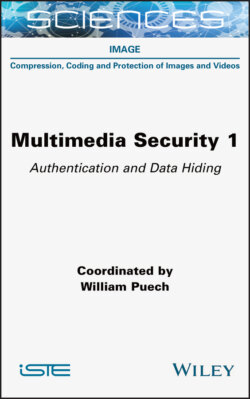Читать книгу Multimedia Security, Volume 1 - William Puech - Страница 25
1.3.2. Transformation of noise in the processing chain
ОглавлениеThis section examines the way in which noise is affected at each step of the camera processing chain (see section 1.2). Noise curves obtained with the extended Ponomarenko et al.’s method (Colom and Buades 2013) along the processing chain (raw image, demosaicing, white balance, gamma correction and JPEG-encoding) are presented in Colom (2014) and compared to the temporal estimation.
Temporal estimations of noise curves are non-parametric, and good enough to be considered as ground-truth. Having ground-truth noise curves is an important issue when evaluating the performance of estimation methods. These temporal estimations are built by taking burst photos of the same scene, which consists of a calibration pattern with large flat zones (Figure 1.6), under constant lighting with a steady camera. Under these conditions, the variance of a pixel value can only be explained by noise. Thus, the noise curve obtained by computing the standard deviation of the temporal series yields the ground-truth noise curve. These noise curves depend on the camera used as well as the particular processing chain, including the ISO level and the exposure time.
Figure 1.6. Calibration model used for the construction of the temporal series
